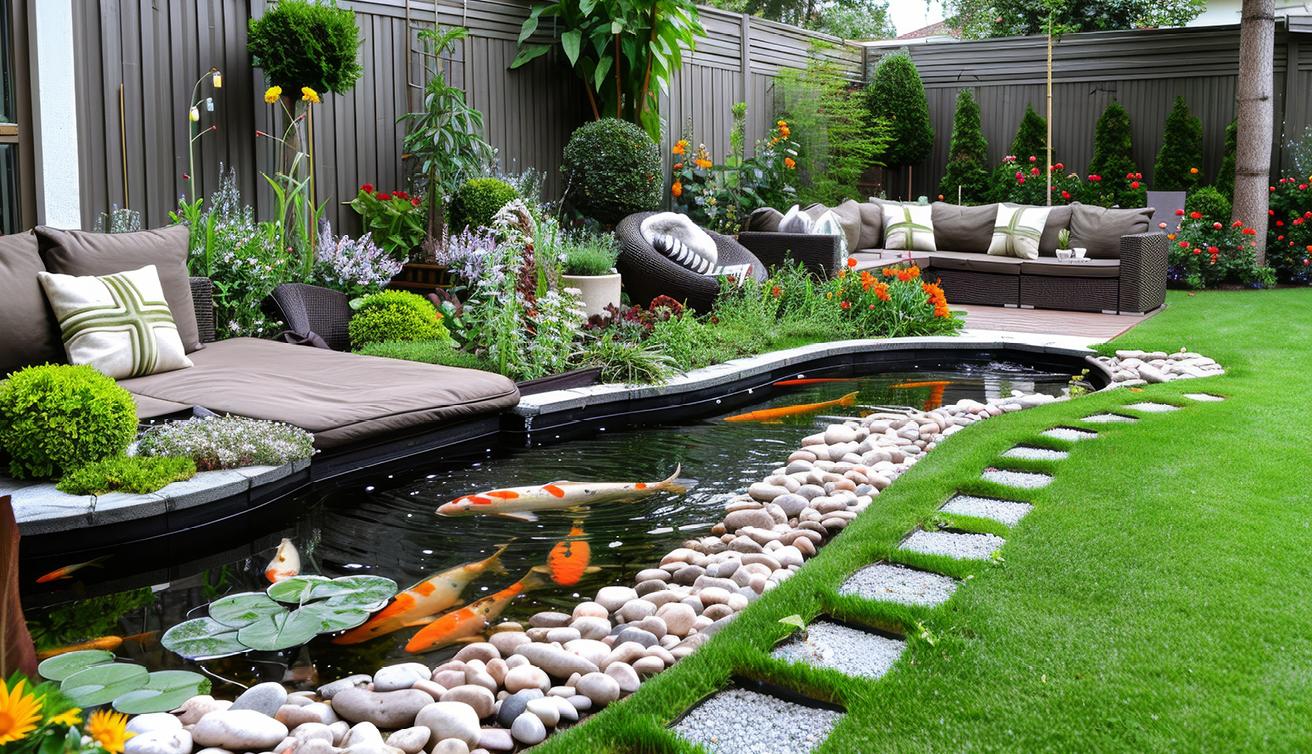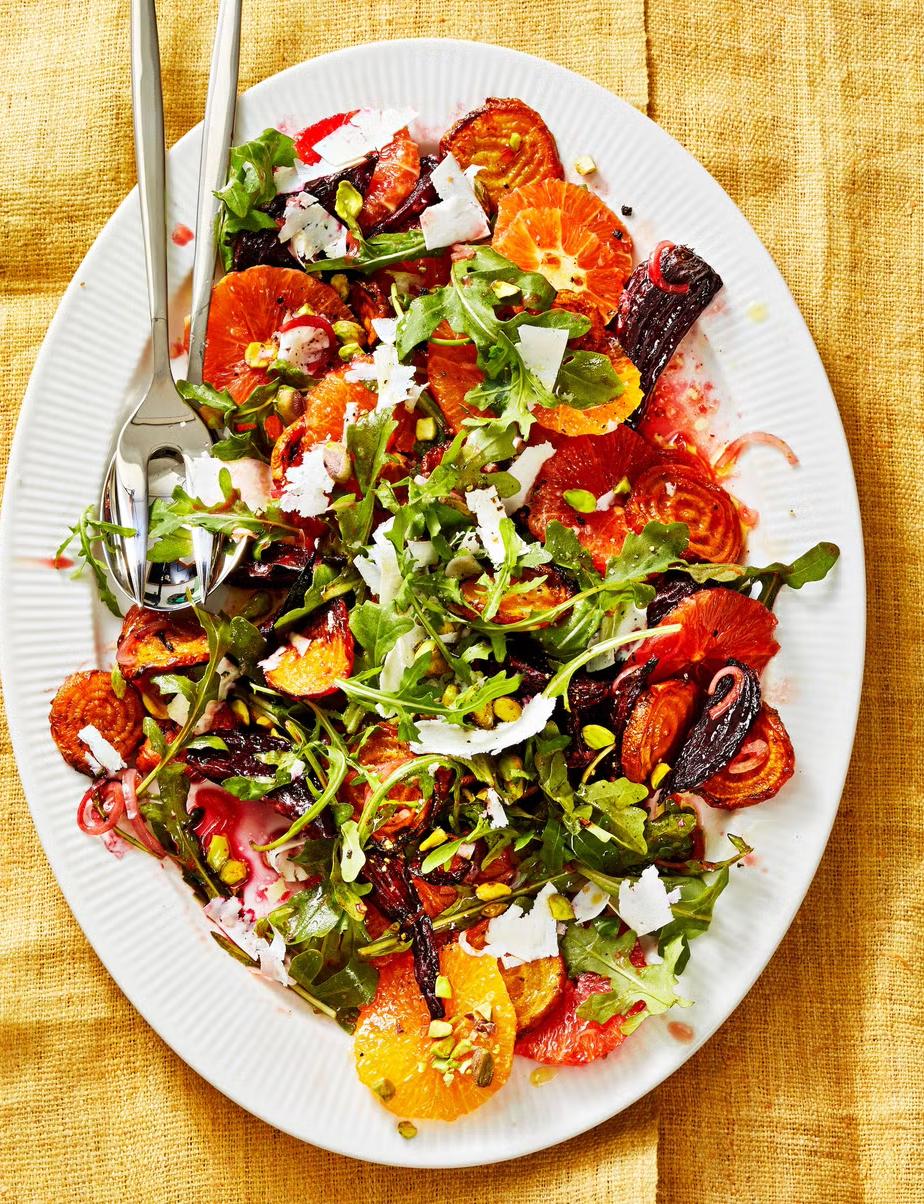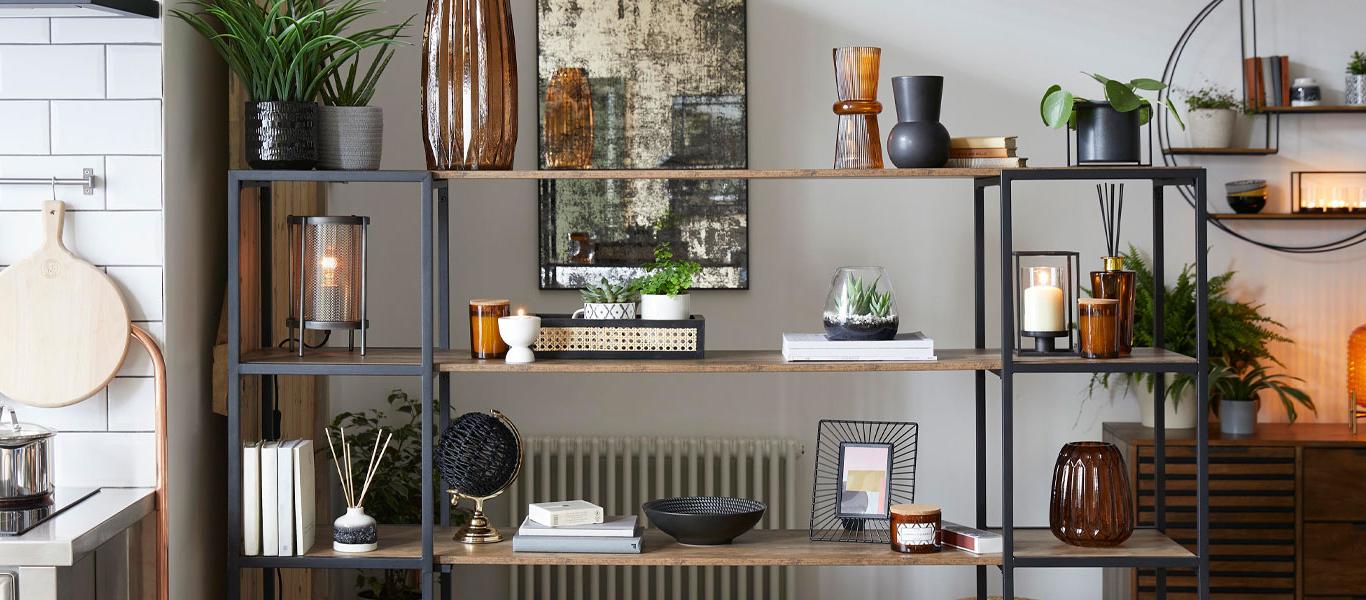

Ready to Buy? See How Much Home You Can Afford in 7 Steps
CARMA STAHNKE
Buying a home is exciting, emotional and yes – a little intimidating, especially when you start thinking about finances. If you’re concerned about how much house you can actually afford, you’re not alone. The good news is that by taking the right steps now, you can start your search with confidence and clarity – and an eye on the future.
Step 1: Know Your Budget
As you get ready to start swiping through listings, you should first figure out what fits comfortably in your monthly spending plan. A common rule of thumb? Keep your total housing costs — mortgage, property taxes, insurance and HOA fees — under 28% of your gross monthly income. For example, if you make $7,000 a month before taxes, you’ll want to keep your monthly housing expenses to $1,960 or less.
Step 2: Check Your Debt-to-Income Ratio (DTI)
Your DTI is very important to lenders, telling them how much debt you’re currently juggling and how the purchase of a home will increase your expenses. A lower DTI not only makes you a more attractive buyer – it can also unlock better loan terms and lower interest rates. Ideally, your total monthly obligations (car payments, student loans, credit cards, etc.) should stay below 36% of your income.
Step 3: Plan Your Down Payment
The more you put down, the less you have to borrow, which means lower monthly payments and possibly not having to get private mortgage insurance (PMI). A 20% down payment is great if you can manage it, but many buyers go with 3-10%, especially with FHA or first-time buyer programs. And don’t forget closing costs – usually around 2-5% of the purchase price.
Step 4: Explore Your Loan Options
All mortgages are not created equal. From 30year fixed to adjustable-rate loans, the type you choose plays a big role in how much property you can take on (and how much you’ll pay over time). Before you talk with your lender, do some research, come prepared and ask plenty of questions. You’ll want to learn if you’re eligible for any governmental programs, if your monthly requirement could change and/or what will happen if you ever have unexpected financial difficulties.
Step 5: Think Beyond the Numbers
The bank might say you can afford that dream home – but whether or not you should actually purchase it is another question. Be honest about what matters most to you in terms of lifestyle. Do you want to travel, save more or splurge on concert tickets? Then you should leave room in your budget for these activities. Also remember that once you move in, you’ll
most likely want to buy furniture and other household items as well as upgrade with new paint or cabinetry. The cost of personalizing your new residence can quickly add up.
Step 6: Use a Mortgage Calculator
Before you start seriously house shopping, try experimenting with an online mortgage calculator. It will show you how changes in interest rates, home prices and loan terms impact your monthly payment. Zillow and realtor.com® offer easy-to-use tools that take a lot of the guesswork out of the budgeting process, allowing you to see results in a matter of seconds.
Step 7: Talk to the Pros
Every day, real estate professionals and mortgage lenders navigate their clients through their buying journey – so lean on their expertise. A good agent will tailor the search to your recommended price range and refer you to a lender who will explain your options and help you make the best decisions for your unique circumstances. You should also chat with friends and family who have recently bought a home and can give you some valuable firsthand advice. Determining how much home you can afford isn’t just about cold hard numbers. It’s about finding a place where you can live well and sleep easy. With a clear plan, a trusted team and a little prep, you’ll be well on your way to finding a property you love without breaking the bank.

Budget-Friendly Water Features to Spruce Up Your Outdoor Space
CARMA STAHNKE
Ifyou’re looking for a good way to add personality to your patio, balcony or garden, a water feature may be the solution for you. With a little creativity and the right design, you can transform your outdoor space into a peaceful retreat – without draining your wallet.
DIY Container Fountains
These are incredibly easy to assemble, are customizable and can deliver a big impact. All you need is a large ceramic pot, a small pump and decorative stones or foliage. You could opt for a solarpowered pump for even more savings and make it a one-of-a-kind showstopper with colored pebbles, LED lights or a cascading tier.
Birdbaths With a Twist
Classic birdbaths are always nice, but you can upgrade the look by incorporating a mini bubbler or a floating solar fountain. Not only will feathered visitors love to take a dip, but the gentle movement of the water helps prevent mosquitoes from settling in. Plant a ring of bright flowers or lay
assorted rocks around the base for a natural, inviting vibe.
Repurposed Features
Think outside the box – or inside the barrel –with an old watering can, whiskey cask or vintage teapot as your inspiration. With a bit of ingenuity and a low-cost pump, discarded items become artistic centerpieces. These quirky creations also serve as great conversation starters and give your garden an eclectic aura.
Miniature Pond Kits
Pre-formed pond are available at popular home improvement stores and are relatively inexpensive. With some stones and aquatic greenery, you’ll have a delightful pond that fits most any backyard. Bonus: Floating solar lights or lily pads will take your pond from simple to stunning. You could include small fish to bring even more life to your little water world.
Wall-Mounted Waterfalls
No yard? No problem! Wall-mounted fountains
can hang on fences, exterior walls or balcony railings. The soothing trickle creates a relaxing soundscape, perfect for masking street noise or adding a touch of Zen. They’re sleek, space-saving and come in a variety of materials and designs – many under $100. Look for kits with self-contained systems to keep installation easy.
Tabletop Tranquility
Ideal for apartment balconies or porches, tabletop features are compact and portable. You can find a wide range of styles – from rustic stone to modern minimalist – at home décor stores or online. Some also double as planters or candle holders for extra ambiance. Try placing one near a reading nook or outdoor dining area to enhance the mood with a serene, spa-like feel.
An eye-catching aquatic element doesn’t have to be elaborate or expensive to make a big splash. Whether you go the DIY route or pick up a pre-made piece, you can take your outdoor design to the next level while evoking a sense of calm and charm that’s always in style.

NOTES
This colorful, earthy salad that hits all the right (read: sweet, salty, crunchy, punchy) notes.
Roasted Beet and Orange Salad
INGREDIENTS
• 1 lb. golden beets (4 small), trimmed
• 1 lb. red beets (4 small), trimmed
• 2 Tbsp. olive oil, divided
• 1 small shallot, thinly sliced into half-moons
• 1/4 tsp. Meyer lemon zest plus 1 1/2 Tbsp lemon juice
• 1/2 tsp. honey
INSTRUCTIONS
• 2 cups baby arugula
• 1 navel orange, peeled and sliced into 1/4inch-thick rounds
• 1 Cara Cara orange, peeled and sliced into 1/4-inch-thick rounds
• 2 Tbsp. roasted and salted pistachios
• 2 oz. ricotta salata, shaved (about 1/2 cup)
1. Heat oven to 425°F with racks in upper and lower thirds of oven.
2. Slice golden beets into 1/4-inch-thick rounds and red beets into 1/2-inch-thick wedges. On rimmed baking sheet, toss rounds with 1/2 tablespoon oil and 1/8 teaspoon salt; arrange in single layer. Repeat with wedges on second sheet. Roast, rotating positions of pans halfway through, until golden brown and tender, 22 to 24 minutes (red beets may take a couple of minutes longer).
3. Meanwhile, in small bowl, stir together shallot, lemon zest, and juice, and a pinch of salt. Let sit until beets finish roasting, then stir honey and remaining tablespoon oil into dressing.
4. In large bowl, toss arugula with dressing. Gently fold in beets and oranges.
5. Top with pistachios, a pinch of flaky salt and ricotta salata.
HOME TRENDS: WHAT HOMEBUYERS WANT THIS SUMMER

As the summer 2025 real estate season heats up, homebuyers are bringing a fresh set of lifestyle priorities to the table. Today’s buyers are not just looking for square footage—they’re seeking homes that reflect their values, support their routines, and offer long-term livability. Understanding these preferences can help sellers and agents position properties to stand out.
Flexible Living Spaces remain at the top of the wish list. Whether it’s a guest bedroom that
doubles as a gym or a den-turned-home-office, buyers are drawn to homes that support multi-use functionality. Open floor plans with defined zones are especially appealing.
Outdoor Living Features are also in high demand. Patios, decks, and shaded entertaining areas add valuable square footage and lifestyle appeal. Add-ons like outdoor kitchens, fire pits, or plunge pools are major bonus points for buyers
looking to maximize summer enjoyment.
Wellness-Centric Design is trending as buyers prioritize mental and physical health at home. Think home gyms, spa-like bathrooms, natural light, and quiet zones for relaxation. Air purification systems and low-VOC materials are attractive upgrades that signal a home is health-conscious.
Smart Home Technology has shifted from luxury to expectation. Buyers want app-connected systems for lighting, security, and climate control— especially when these features are intuitive and energy-efficient.
Finally, walkable neighborhoods and community amenities are increasingly important. Access to parks, trails, cafes, and co-working spaces adds lifestyle value beyond the property line.
To attract the 2025 summer buyer, sellers should highlight how their home supports flexibility, comfort, connection, and convenience. These lifestyle-forward features are not just trendy— they’re reshaping what today’s buyers consider a dream home.
$434,845
$748,518 1,476 1,388 15 92
$549,756
Market Insights
Spokane Countyexperienced a moderate increase in the average sale price, raising to $503,908, marking a 7.8% increase compared to June 2024. The median sales price also saw a slight increase of 1.1%, settling at $434,845. The current inventory rose in a big way to 1,476 listings, an notable increase of 18.6% from the previous year. This represents a 2.8-month supply, an increase from June 2024, still indicating a seller's market. Residential closed sales also decreased by 5.3%, totaling 531 transactions. Additionally, the median days on the market increased to 15 days. Annual residential sales is up from year’s level, up 2.1%, totaling 2,766 sales.
In similar fashion, Kootenai Countyshowed increased price performance, with the average sale price lowering to $748,518, reflecting a 22.1% increase from the previous year. The median sales price had an increase of 1.8%, reaching $549,756. Inventory in the area increased by 2,4% to 1,388 listings. Residential closed sales also saw an increase of 2.3%, with 317 transactions recorded. The average days on the market increased to 92 days. Annual residential sales in Kootenai County are up 3.2%, totaling 1,590 transactions so far this year.
As interest rates fluctuate and the market anticipates changes throughout the year, it's crucial to
